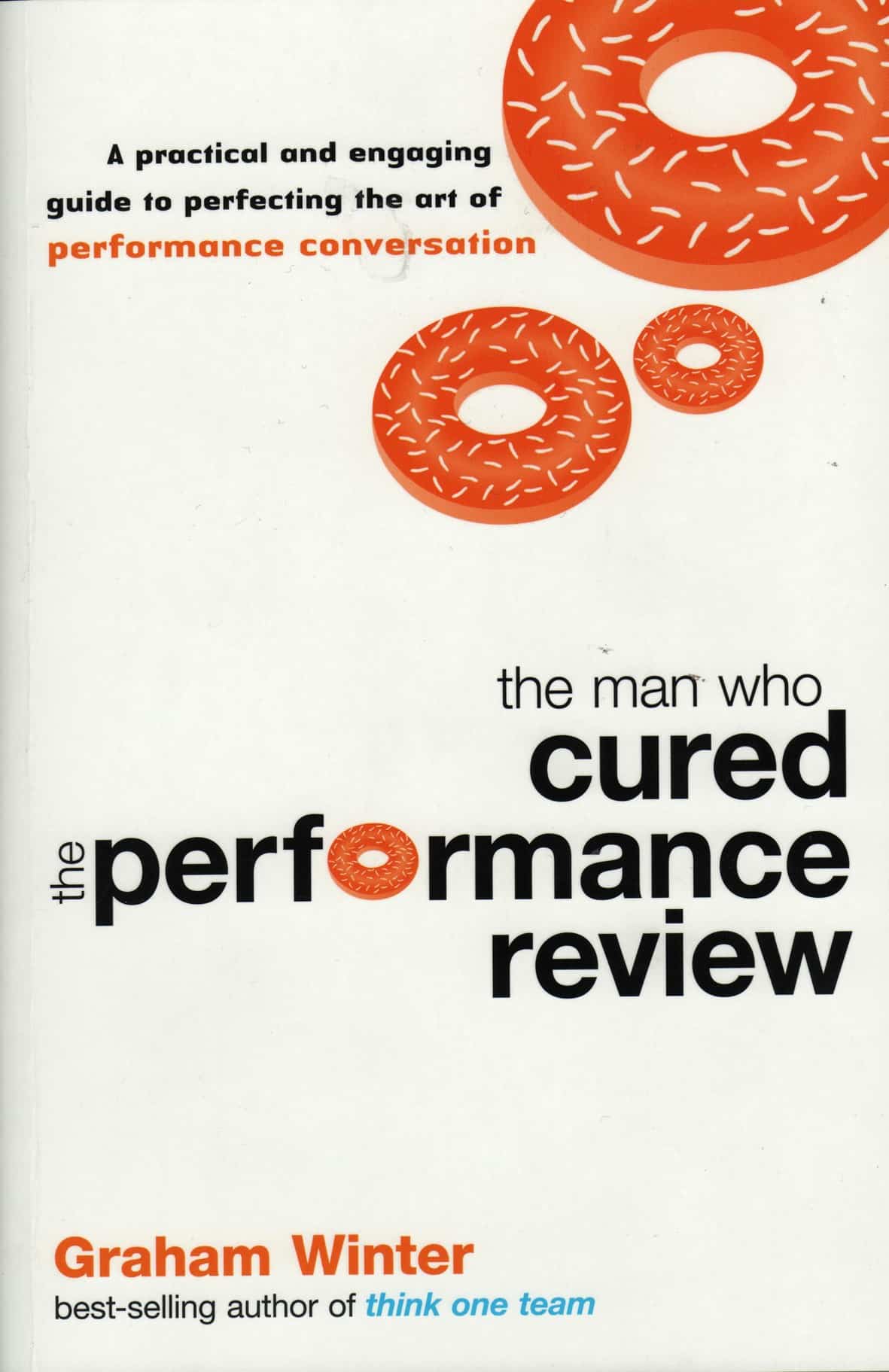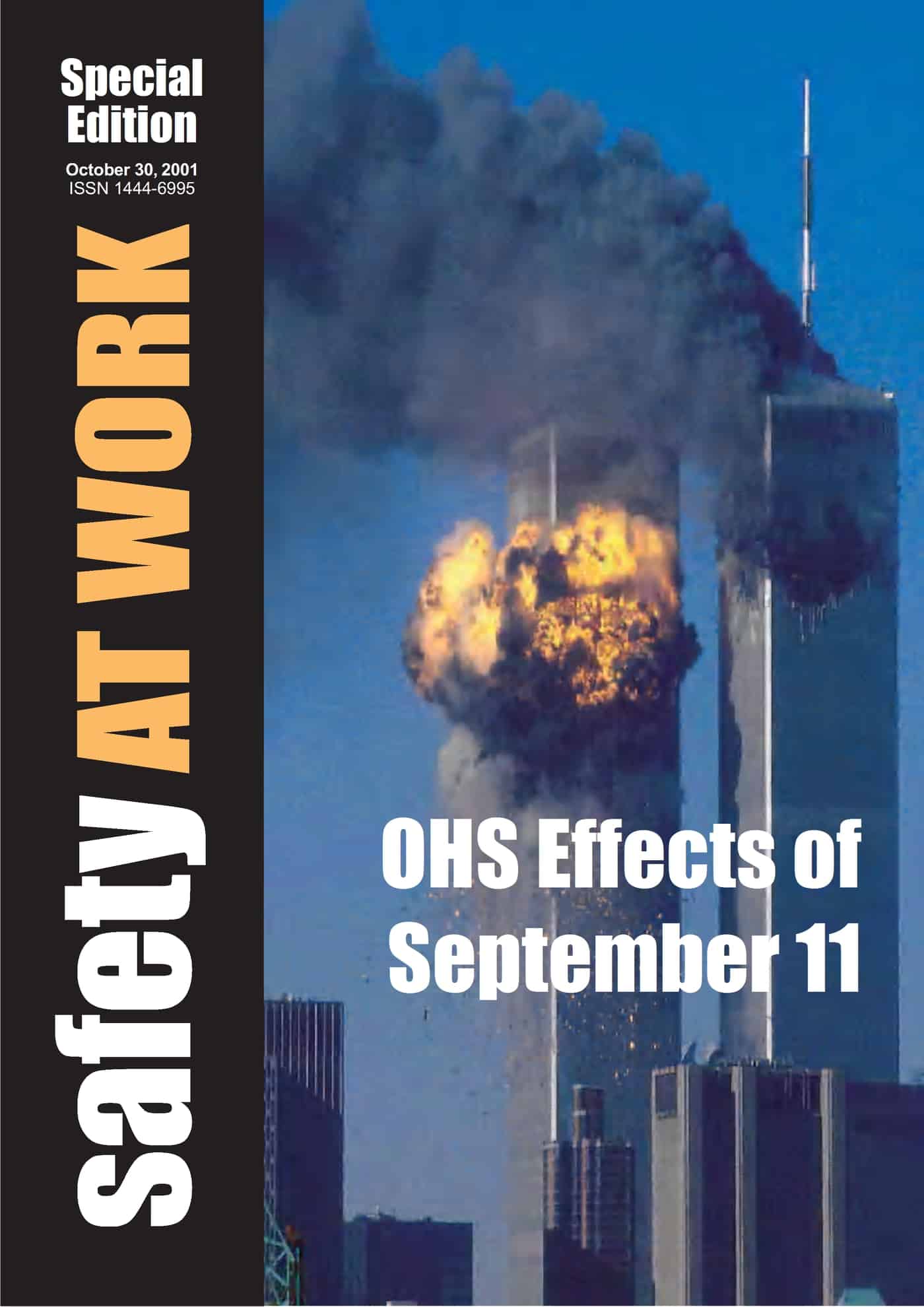Graham Winter is an Australian psychologist  who was the chief psychologist for the Australian Olympic team and is now an author and business adviser. In August 2009 he has a book released entitled “The Man Who Cured the Performance Review”.
who was the chief psychologist for the Australian Olympic team and is now an author and business adviser. In August 2009 he has a book released entitled “The Man Who Cured the Performance Review”.
SafetyAtWorkBlog managed to interview Graham last week about the book, stress and safety leadership. The SafetyAtWorkBlog podcast is available for download.




